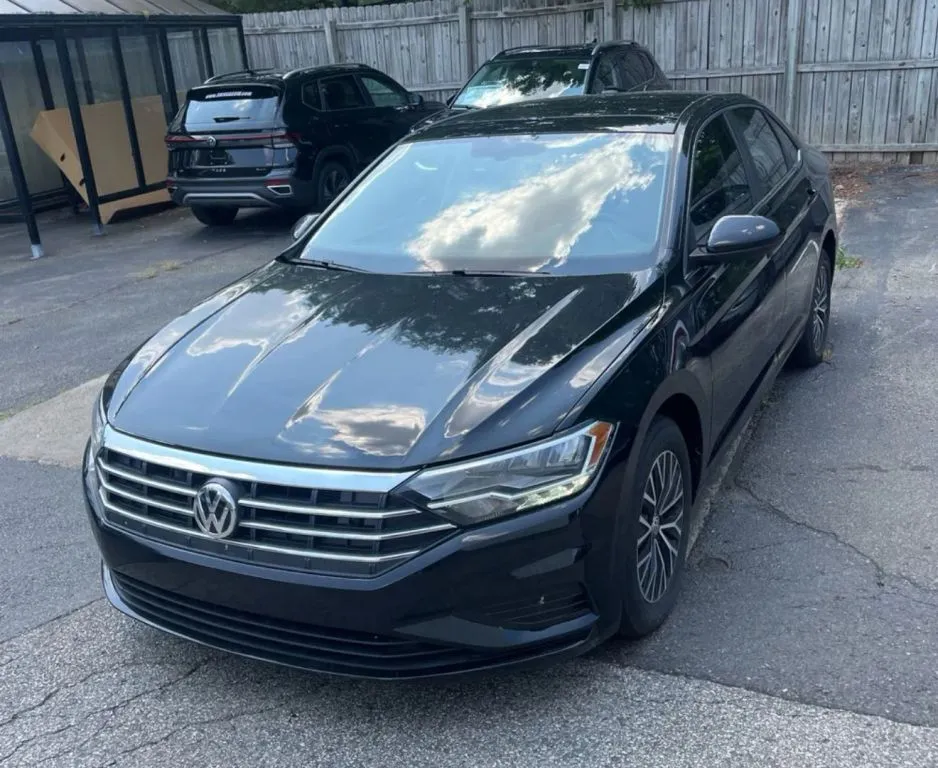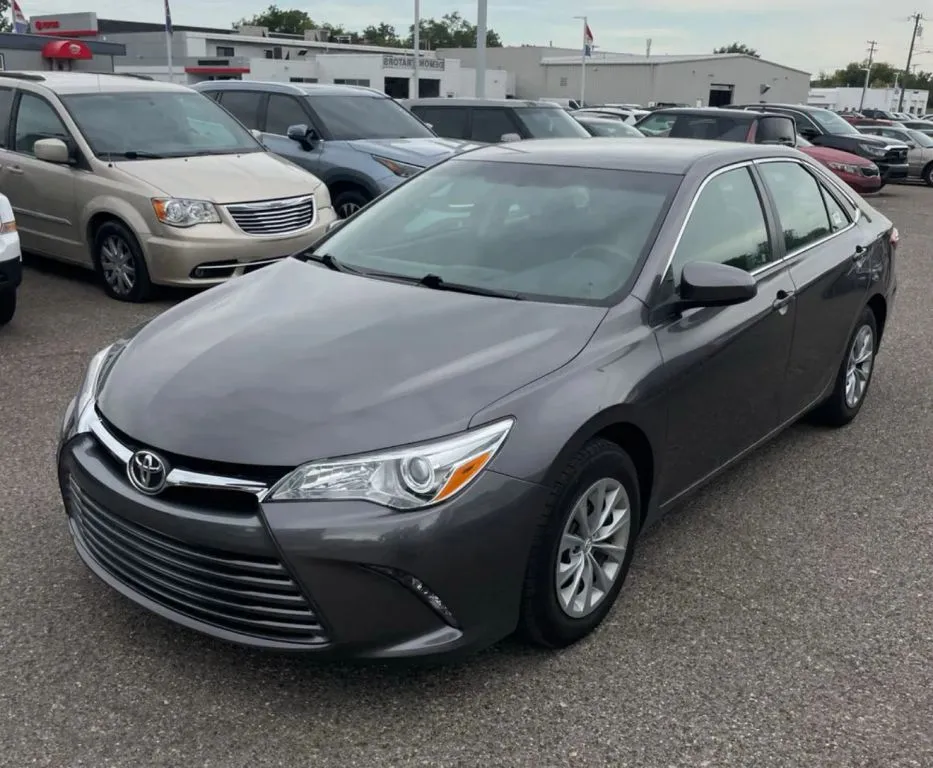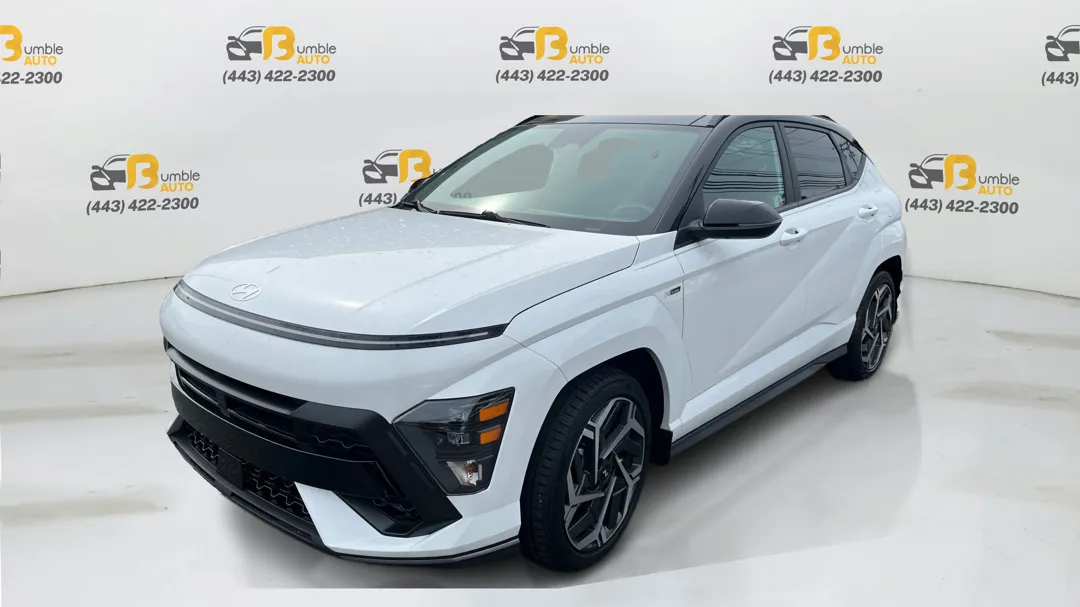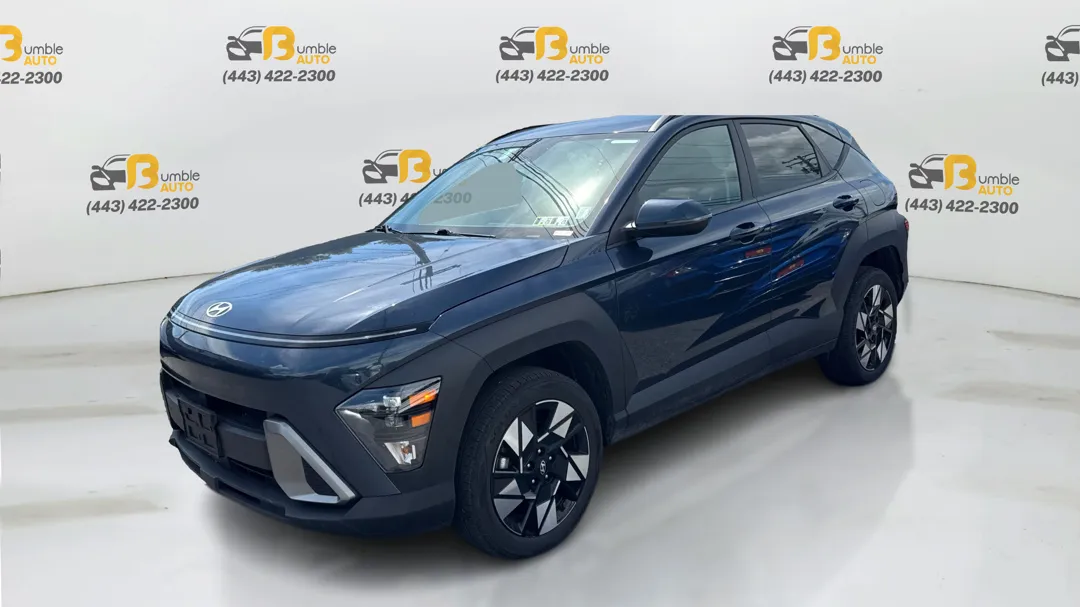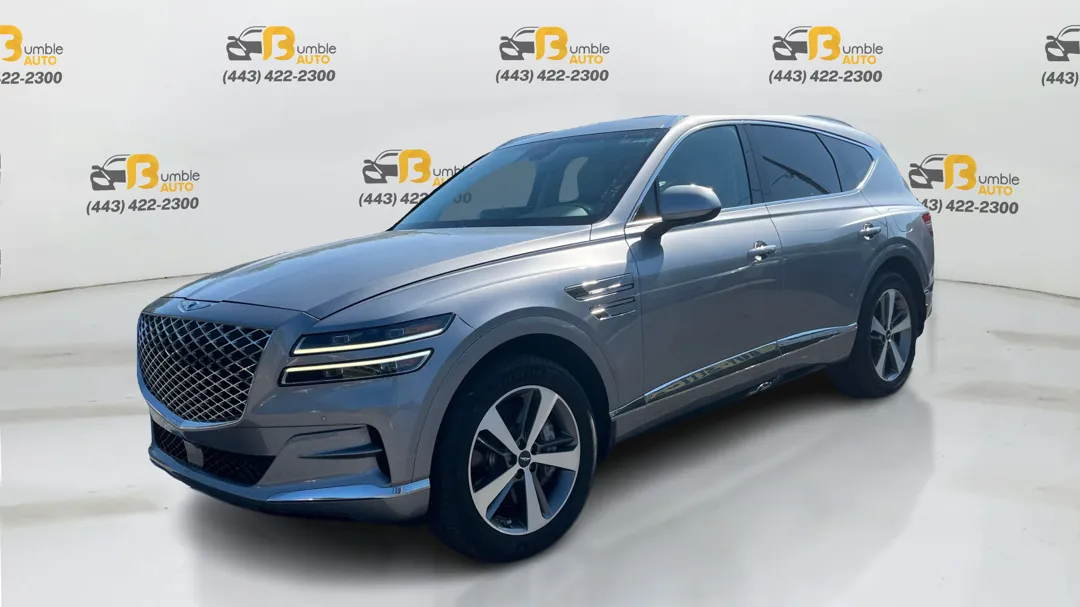Maximize Your First Car Trade-In: Essential Tips for Getting the Best Value!
Table of Contents
- Understanding the Car Trade-In Process
- Factors That Affect Your Car's Trade-In Value
- 1. Vehicle Age and Model Type
- 2. Mileage and Service History
- 3. Mechanical and Aesthetic Condition
- 4. Modifications and Aftermarket Additions
- Preparing Your Car for Trade-In
- Researching Your Car's Market Value
- Timing Your Trade-In for Maximum Value
- Negotiation Strategies for a Better Trade-In Offer
- Be Confident and Prepared
- Stay Calm and Know When to Walk Away
- Separate the Trade-In from the Purchase
- Common Mistakes to Avoid When Trading In Your Car
- 1. Skipping Research on Your Car’s Market Value
- 2. Neglecting Vehicle Preparation
- 3. Ignoring the Timing of Your Trade-In
- The Role of Dealerships vs. Private Buyers
- Conclusion: Making Informed Decisions for Your Trade-In

Trading in your first car can be an exhilarating yet daunting experience. Whether you’re upgrading to a more powerful ride or simply need something more suited to your lifestyle, getting the best trade-in value is crucial. You want to make sure that every dollar counts, and with the right strategies, you can turn that humble first car into a significant boost toward your next vehicle.
From researching its value to sprucing it up for potential buyers, there’s much you can do to maximize your first car trade-in experience. In this article, we’ll walk you through essential tips that will empower you to negotiate effectively and ensure you receive the best possible offer. Say goodbye to leaving money on the table, and let’s dive into the tactics that will help you secure the deal you deserve!
Understanding the Car Trade-In Process
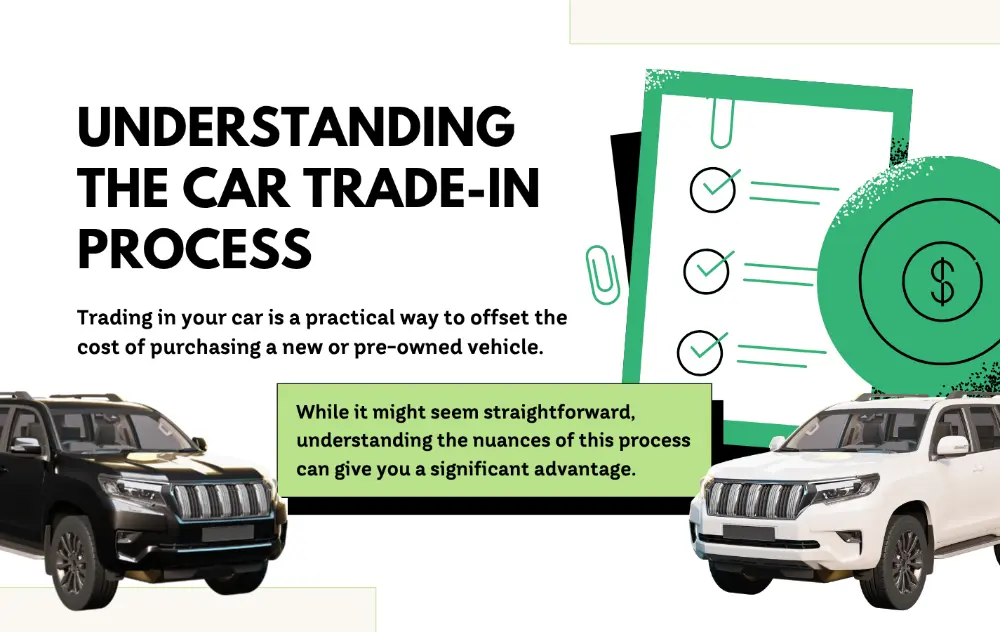
Trading in your car is a practical way to offset the cost of purchasing a new or pre-owned vehicle. The process starts with an appraisal, where the dealership assesses your car’s condition, age, mileage, and market demand. They will use this information to determine the trade-in process and value they’re willing to offer. While it might seem straightforward, understanding the nuances of this process can give you a significant advantage. Knowledge is power, and knowing what to expect can help you prepare accordingly and avoid common pitfalls.
The appraisal is typically conducted by a dealership’s used car manager or another qualified individual. They will inspect both the interior and exterior of your vehicle, checking for wear and tear, mechanical issues, and any modifications that might affect its value. They’ll also take your car for a test drive to evaluate its performance. Additionally, the dealership will run a Vehicle History Report (VHR) to check for any past accidents, title issues, or other red flags.
Once the appraisal is complete, the dealership will present you with an offer. This offer takes into account the wholesale value of the vehicle, which is the price a dealer might expect to get at an auction or from another dealer. Understanding that this initial offer is often negotiable can empower you to push for a better deal. It’s important to be prepared with research and relevant information to support your case for a higher trade-in value.
Factors That Affect Your Car's Trade-In Value
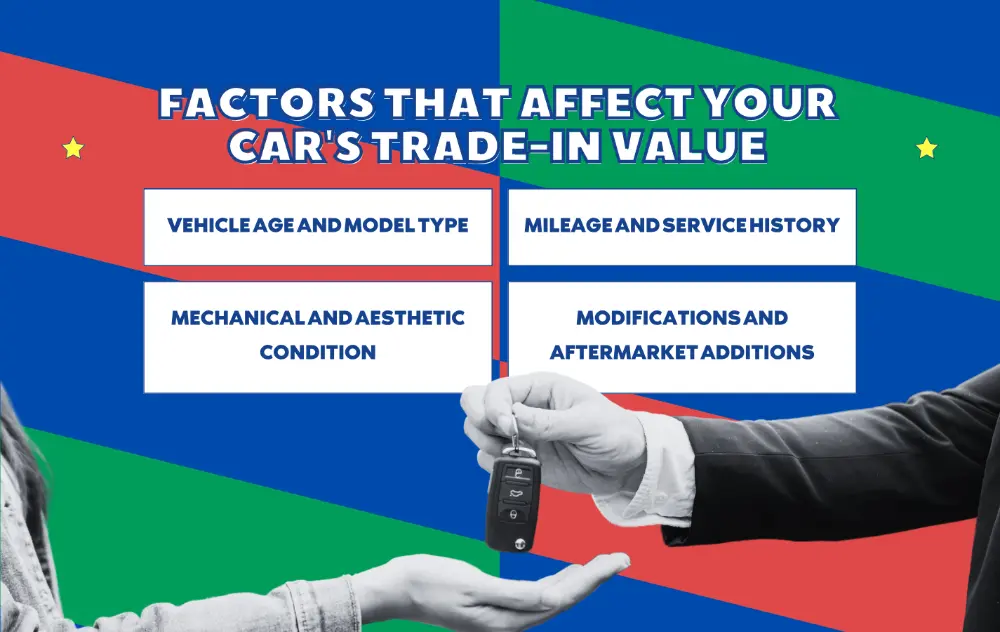
When it’s time to trade in your vehicle, understanding the factors that influence its value can help you maximize your return. Dealerships and buyers evaluate several key aspects before determining how much your car is worth, from its age and mileage to overall condition and brand reputation.
1. Vehicle Age and Model Type
One of the most significant factors affecting trade-in value is the age of the car. Newer vehicles typically command higher prices because they tend to have fewer mechanical issues and more up-to-date features. However, classic or collectible cars can sometimes defy this rule, maintaining or even increasing in value due to their rarity or historical significance. The make and model also play a major role — certain brands are known for reliability and long-term performance, helping them hold their value better than others.
2. Mileage and Service History
Mileage is another critical determinant of trade-in value. Cars with lower mileage usually bring higher offers since they are considered to have more life left in them. Conversely, vehicles with high mileage are often perceived as riskier due to expected wear and tear. That said, maintaining detailed service records can offset this concern. A complete history of regular oil changes, inspections, and part replacements shows that your car has been properly maintained, even with higher mileage.
3. Mechanical and Aesthetic Condition
The condition of your vehicle—both inside and out—directly affects its market appeal and trade-in value. Cars in excellent mechanical shape with no warning lights, fluid leaks, or performance issues tend to receive better offers. Similarly, a clean, damage-free exterior and well-kept interior make a strong impression on appraisers. Minor cosmetic improvements such as fixing scratches or detailing the interior can yield a noticeable boost in value.
4. Modifications and Aftermarket Additions
Vehicle modifications can have mixed effects on trade-in value. While certain enhancements, like upgraded safety features or premium audio systems, may increase appeal, others—such as extreme body kits or non-standard paint jobs—can reduce desirability. In most cases, dealerships prefer vehicles that are as close to their original factory condition as possible.
By understanding these influencing factors, you can better prepare your car for trade-in and position yourself for the most competitive offer possible.
Preparing Your Car for Trade-In
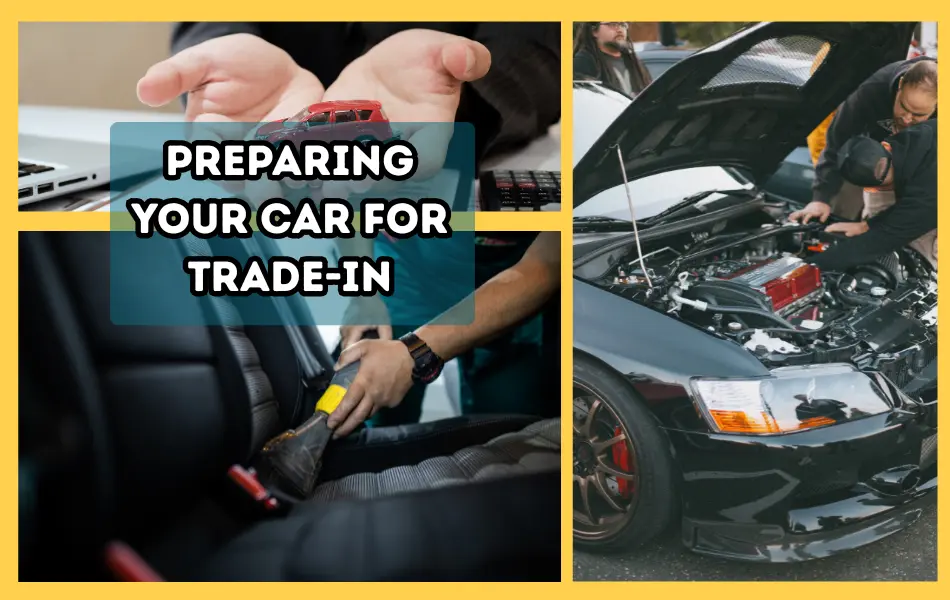
Preparing your car thoroughly before taking it to the dealership can make a substantial difference in the offer you receive. Start by giving your car a deep clean, both inside and out. A sparkling exterior and a fresh interior can leave a lasting impression on the appraiser. It might be worth investing in professional detailing to ensure your car looks its best. Clean all surfaces, vacuum the seats and carpets, and remove any personal items.
Next, address any minor repairs that could improve the car’s appearance and functionality. Fixing small dents, scratches, or paint chips can enhance your car’s curb appeal. Ensure that all lights, signals, and wipers are in working order. Replacing worn-out floor mats and ensuring tires have adequate tread can also make a positive impact. Small investments in these areas can yield significant returns in the form of a higher trade-in offer.
Gather all relevant documentation, including service records, the car’s title, and any warranty information. Having a well-documented history of regular maintenance can reassure the dealer of the car’s reliability and upkeep. Additionally, having all necessary paperwork ready can streamline the trade-in process and demonstrate your diligence as a car owner. A well-prepared presentation of your vehicle can set the stage for a more favorable negotiation.
Researching Your Car's Market Value
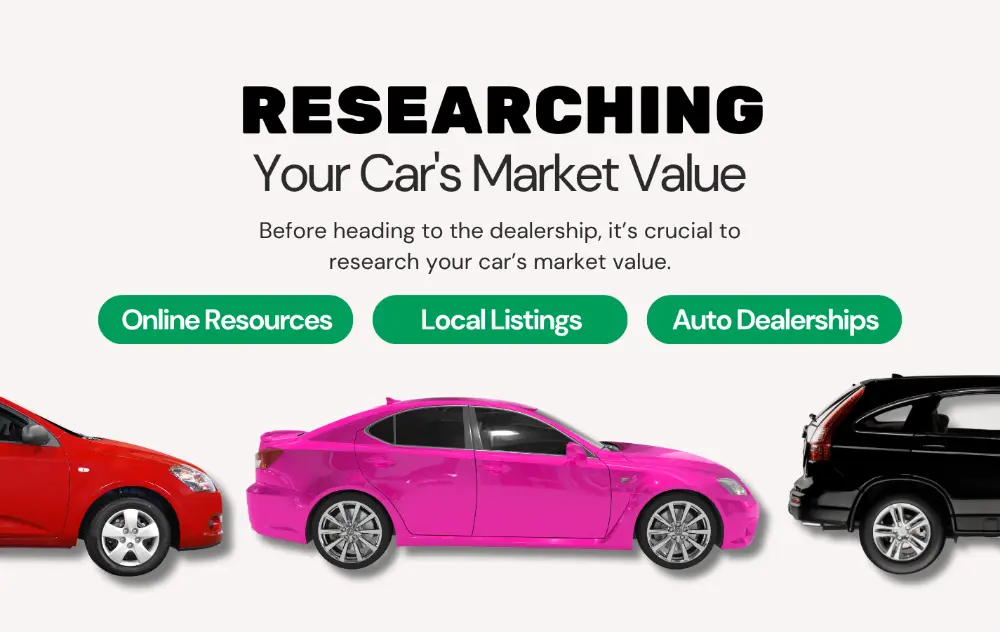
Before heading to the dealership, it’s crucial to research your car’s market value. Several online tools and resources can help you determine a fair trade-in price. Websites like Kelley Blue Book, Edmunds, and NADA Guides offer valuation tools where you can input your car’s make, model, year, mileage, and condition to get an estimated trade-in value. These tools provide a baseline figure that can be useful during negotiations.
In addition to online valuation tools, consider checking local listings for similar vehicles. Platforms like Autotrader, Craigslist, and CarGurus, and Bumble Auto's used cars inventory in Baltimore and nearby, can give you an idea of what similar cars are selling for in your area. Keep in mind that private sale prices are usually higher than trade-in offers, but this research can provide a broader understanding of your car’s market value.
Another valuable resource is visiting multiple dealerships and choosing the best one to get trade-in quotes. Each dealership may offer a different amount based on their current inventory, demand, and business model. By comparing offers, you can gauge a realistic trade-in value for your car. This information can also serve as leverage during negotiations, allowing you to present multiple quotes and push for the best possible deal.
Timing Your Trade-In for Maximum Value

Timing can play a significant role in the trade-in value you receive. Certain times of the year are better for trading in a car due to market demand and dealership incentives. For example, trading in your car towards the end of the month or quarter can be advantageous. Dealerships often have sales targets to meet, and they may be more willing to offer a better trade-in value to close a deal and achieve their goals.
Seasonal trends also impact trade-in values. For instance, convertibles and sports cars tend to fetch higher prices in the spring and summer months when demand is higher. Conversely, SUVs and trucks might see increased value during the fall and winter, as consumers look for vehicles better suited to adverse weather conditions. Understanding these trends can help you time your trade-in to align with peak demand, maximizing your offer.
Economic factors and market conditions also influence trade-in values. In times of economic uncertainty or during a downturn, dealerships may offer lower trade-in values due to decreased consumer spending and demand. Conversely, during periods of economic growth, you may find more favorable offers. Staying informed about market conditions and economic trends can help you make a more strategic decision about when to trade in your car.
Negotiation Strategies for a Better Trade-In Offer
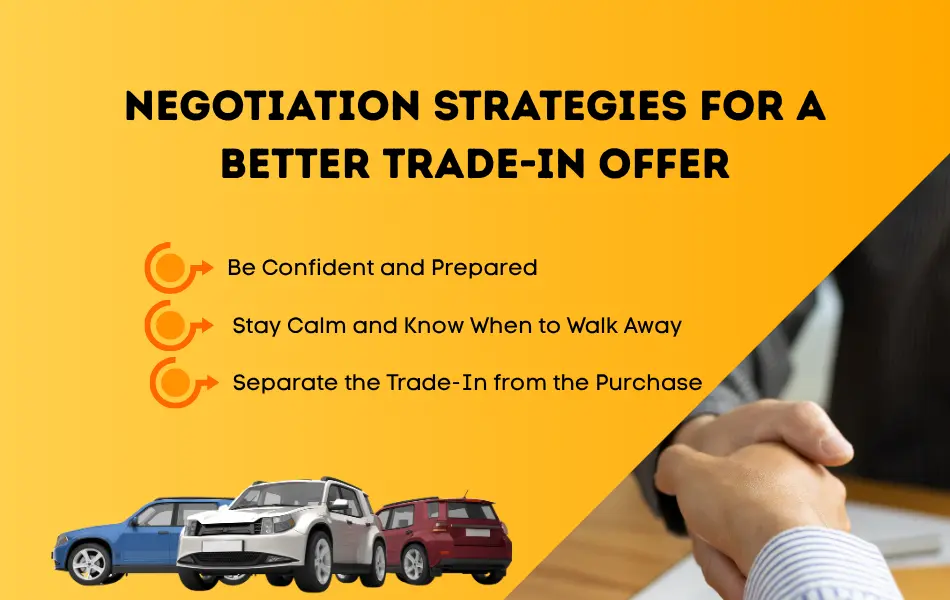
Securing the best trade-in value for your car often comes down to how well you negotiate with dealers. By preparing in advance, presenting your case confidently, and using the right strategy, you can significantly improve the offer you receive from dealerships.
Be Confident and Prepared
Approach the negotiation process with confidence and professionalism. Before stepping into the dealership, gather data from reputable sources such as Kelley Blue Book (KBB), Edmunds, and local dealership listings to determine your car’s fair market value. Bring printed or digital copies of these valuations to support your case. Presenting factual, data-driven information shows that you’re informed and serious about getting a fair deal.
Stay Calm and Know When to Walk Away
Negotiations can sometimes be challenging, but maintaining composure is key. Dealership representatives are skilled negotiators who may use various tactics to lower your expectations. Stay polite but firm, referencing your research whenever the offer doesn’t align with your car’s value. If the dealership refuses to meet a reasonable price, don’t hesitate to walk away — often, showing that you’re not desperate can prompt them to reconsider and improve their offer.
Separate the Trade-In from the Purchase
A common mistake is combining trade-in negotiations with the purchase of a new car. This can make it difficult to track the true value of each deal component and may result in less favorable terms overall. Instead, negotiate your trade-in value first and finalize it independently. Once you have a clear trade-in amount, you can move on to negotiating the new vehicle’s price with full transparency and confidence.
By using these strategies—preparation, composure, and separation of deals—you can navigate the trade-in process more effectively and secure a higher offer for your vehicle.
Common Mistakes to Avoid When Trading In Your Car
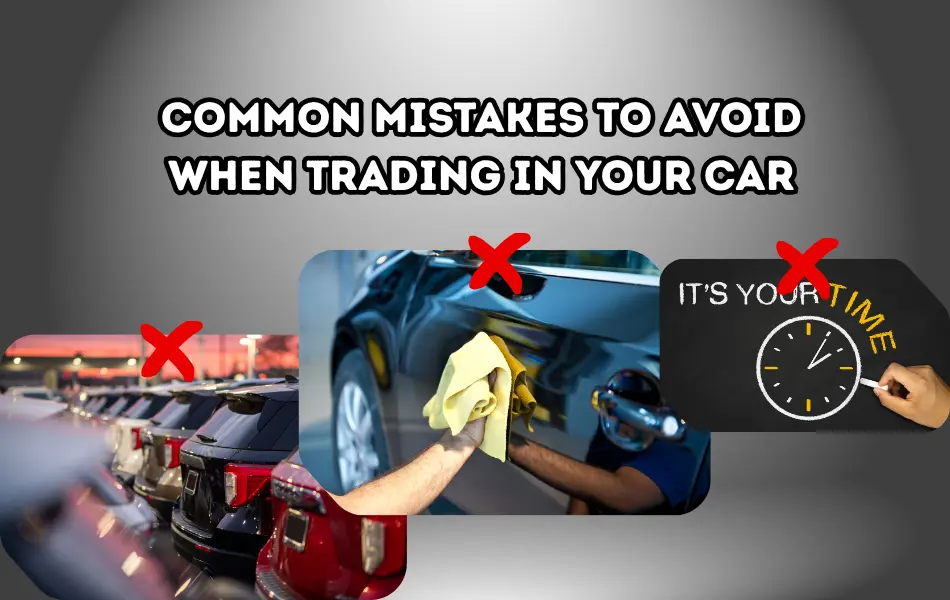
Trading in your car can be a convenient way to offset the cost of a new vehicle, but simple missteps can significantly reduce the value you receive. By understanding and avoiding these common mistakes, you can approach the process strategically and ensure you’re getting the most out of your trade-in.
1. Skipping Research on Your Car’s Market Value
One of the biggest mistakes car owners make is failing to research their vehicle’s market value. Without this knowledge, you may accept an offer that’s well below what your car is truly worth. Use trusted online valuation tools like Kelley Blue Book, Edmunds, or NADA Guides to get an accurate estimate. Additionally, compare quotes from multiple dealerships to establish a strong benchmark before negotiations begin. Being well-informed empowers you to recognize and reject lowball offers with confidence.
2. Neglecting Vehicle Preparation
First impressions matter, even for trade-ins. Presenting a dirty or poorly maintained car can lead appraisers to undervalue it, assuming it hasn’t been cared for properly. Before bringing your car in, take the time to wash, vacuum, and polish it. Address small cosmetic issues, replace burned-out bulbs, and make sure routine maintenance is up to date. A clean, well-maintained car signals pride of ownership and can make a strong positive impact on the final offer.
3. Ignoring the Timing of Your Trade-In
Timing plays a surprisingly large role in determining trade-in value. Market conditions, seasonal trends, and dealership sales cycles can all influence the price you’re offered. For example, trading in before the release of newer models or during high-demand months can yield better results. Conversely, trading in too quickly or during off-peak seasons might result in a lower offer. Plan your trade-in strategically to align with favorable market conditions and dealership incentives to maximize your car’s value.
By researching thoroughly, preparing your vehicle properly, and timing your trade wisely, you can avoid costly mistakes and secure a stronger trade-in offer.
The Role of Dealerships vs. Private Buyers

When trading in your car, you have the option to sell the car to a dealership or a private buyer. Each option has its pros and cons, and understanding these can help you make an informed decision. Selling to a dealership is often more convenient and faster. Dealerships handle all the paperwork, and you can usually complete the transaction on the same day. However, trade-in offers from dealerships are typically lower than what you might get from a private buyer.
Selling to a private buyer can yield a higher price, but it requires more effort and time. You’ll need to advertise your car, respond to inquiries, and arrange test drives. Additionally, you’ll be responsible for handling all the paperwork and ensuring the transaction is legally binding. While this process can be more involved, the financial reward can often justify the extra effort.
When deciding where to sell your car, consider your priorities and circumstances. If you value convenience and speed, a dealership might be the better option—especially when working with Bumble Auto’s hassle-free trade-in services. Their team handles everything from appraisal to paperwork, offering competitive market-based values. On the other hand, if maximizing your financial return is your top priority and you’re willing to invest more time and effort, selling to a private buyer could still be an option. Weighing these factors can help you choose the best route for your car trade-in.
Conclusion: Making Informed Decisions for Your Trade-In
Trading in your first car is a significant decision that requires careful consideration and preparation. By understanding the trade-in process, researching your car’s value, and preparing it thoroughly, you can maximize the offer you receive. Timing your trade-in strategically and employing effective negotiation tactics can further enhance your chances of securing the best deal. Avoid common mistakes and weigh the pros and cons of selling to a dealership versus a private buyer.
Exploring alternatives to trading in your car can also provide valuable options, whether it’s selling privately, donating to charity, or keeping the car for personal use. Each choice has its benefits and challenges, so it’s essential to evaluate your priorities and circumstances to make the best decision. Remember, the more informed and prepared you are, the better your chances of achieving a favorable outcome.
Trading in your first car can be a rewarding experience when approached with the right knowledge and strategies. By following the tips outlined in this article, you can confidently navigate the trade-in process, avoid leaving money on the table, and secure the deal you deserve. Whether you’re moving on to a new vehicle or exploring other options, making informed decisions will ensure you get the most value from your first car.



